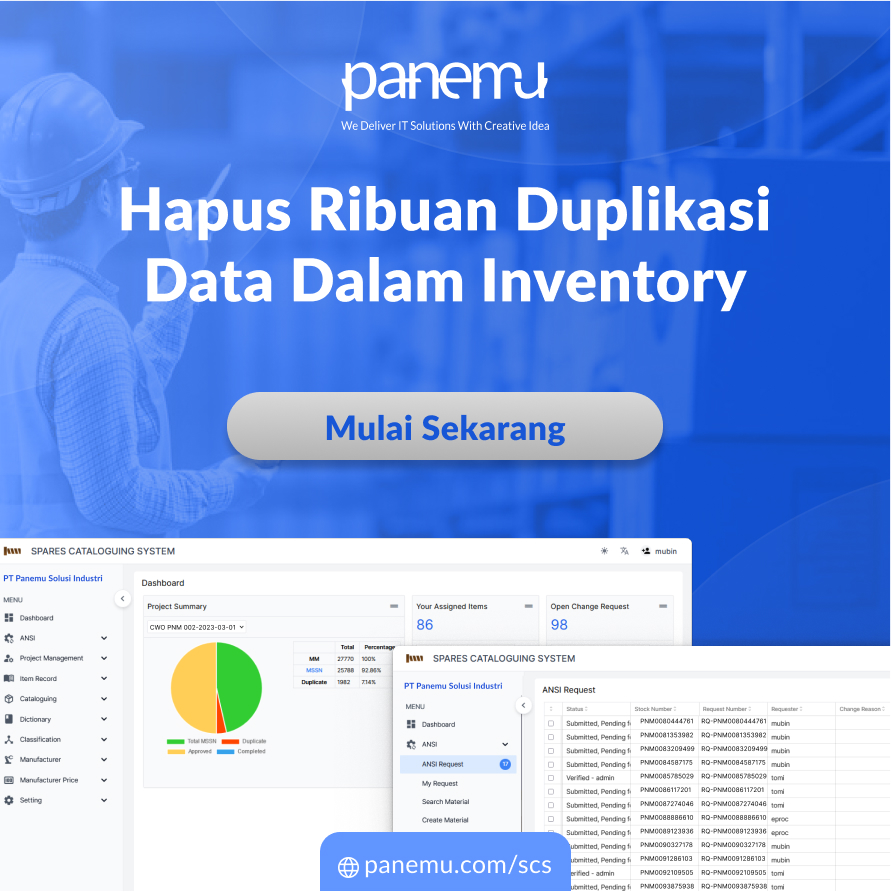The journey of a businessman often goes through various phases full of challenges and transformation. From an individual doing everything alone to becoming the leader of a large conglomerate, each stage brings significant changes in roles and strategies. In this article, we'll explore the five levels of business owners that define this journey, from the most basic to the most complex, and how the role of a business owner evolves as their company grows.
Level 1: One Man Show
In this initial stage, a businessman functions as a "one man show", where they handle everything themselves. Businesses are still in their early stages, often microenterprises or startups with limited resources. At this level, the owner not only acts as an entrepreneur, but also as a worker, manager and accountant.
Characteristics
- Full Control: The owner has complete control over every aspect of the business, from production to marketing and finance.
- Quick Decision: All decisions are made independently without needing team approval.
- Main Challenges: Limited time and resources are often the main obstacles, leaving owners stuck in the routine of daily operations.
Example
Imagine an entrepreneur running an online business from home. He manages stock, processes orders, and does marketing all himself.
Level 2: Manager
Entering the second level, business people start recruiting employees to help run the business. Even though there is starting to be a division of tasks, the owner is still very involved in day-to-day operations and is starting to learn about management and delegation.
Characteristics
- Business Growth: Business begins to develop with a larger work team.
- Delegation: The owner begins to delegate some tasks to employees but still retains full control over important decisions.
- New Role: Owners learn managerial skills and adapt to new responsibilities.
Example
Restaurant owners who hire chefs and servers to help, but are still involved in menu supervision and planning.
Level 3: CEO
At this level, the business has reached a size that requires a more formal organizational structure. The owner acts as a CEO who focuses on overall business strategy, leaving day-to-day operational tasks to more junior managers.
Characteristics
- Formal Structure: The existence of clear departments and managerial positions.
- Strategic Focus: Owners focus on long-term planning and strategy development, while operations are handled by managers.
- Professional Management: A more professional managerial role is needed to manage various departments.
Example
The owner of a technology company who acts as CEO, directs a team of managers to handle day-to-day operations.
Level 4: Chairman
At this level, the owner is more focused on long-term strategic planning and is no longer directly involved in daily operations. They may hire a professional CEO to run the business and lead the board of directors.
Characteristics
- Strategic Leadership: Focus on future planning and long-term business strategy.
- Top Level Management: The elected CEO is responsible for day-to-day operations, while the chairman leads the board of directors.
- Complex Growth: The business is very large and requires more strategic leadership.
Example
The owner of a group of companies who acts as chairman of the board of directors, provides strategic direction to the CEO of each business unit.
Level 5: Conglomerate
At the conglomerate level, the owner has many companies under his control, with each company having its own CEO. The owner functions as the primary leader who manages the company's portfolio and makes strategic decisions at the group level.
Characteristics
- Diversification: Have a broad and diversified portfolio across various industries or sectors.
- Centralized Management: Each company in the group has operational autonomy with its own CEO.
- Portfolio Focus: Owners focus on portfolio management and global strategy, not daily operations.
Example
A successful entrepreneur who owns various companies in the technology, real estate, and energy sectors, with each company run by a different CEO.
Conclusion
A businessman's journey through these five levels shows the evolution from a solo entrepreneur to the leader of a conglomerate managing various companies. Each stage requires different skills and strategies, from managing day-to-day operations to long-term strategic planning. It is important to understand these changing roles and how delegation and good organizational structure play a key role in supporting business growth and success.
If you are interested in learning more about how to manage a business at any level or need business-related consulting, visit panemu.com/blog to get further information and insight.

